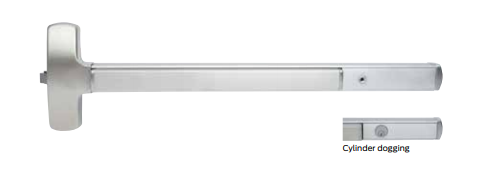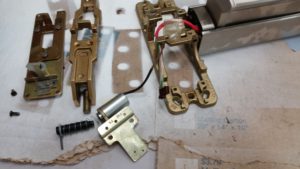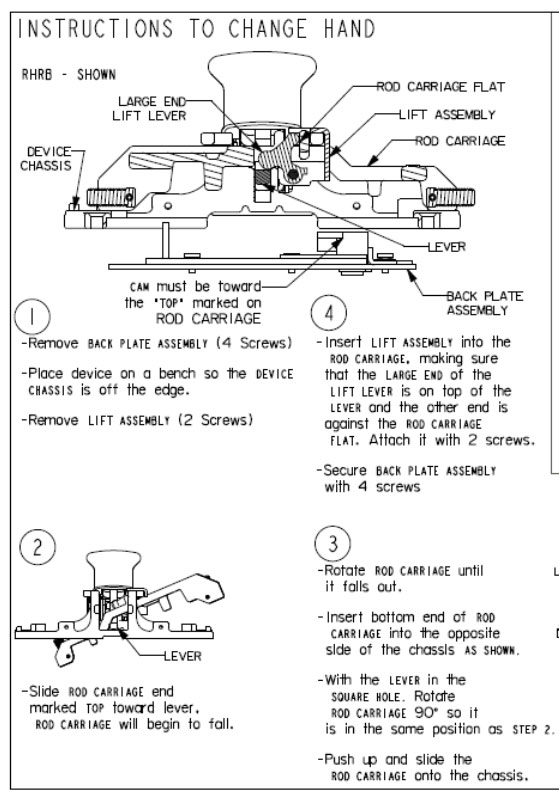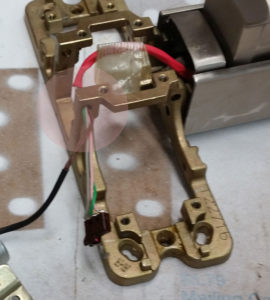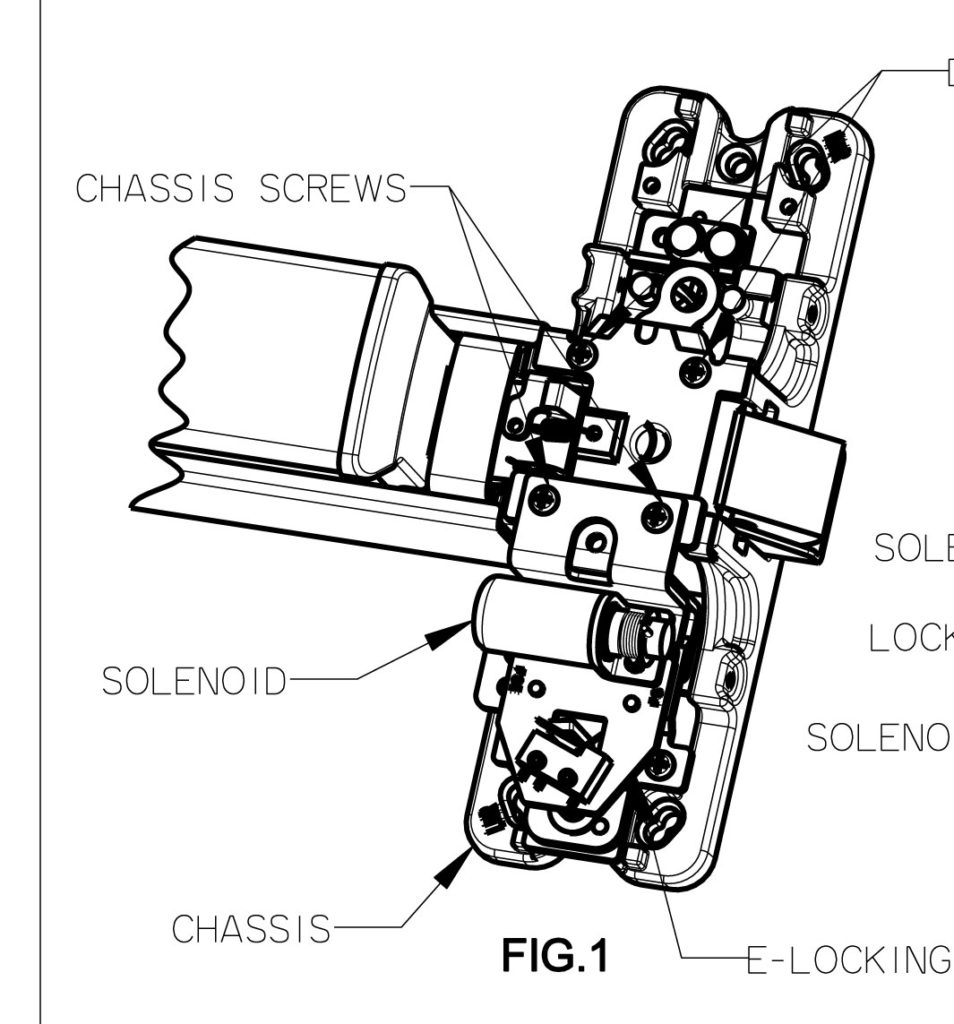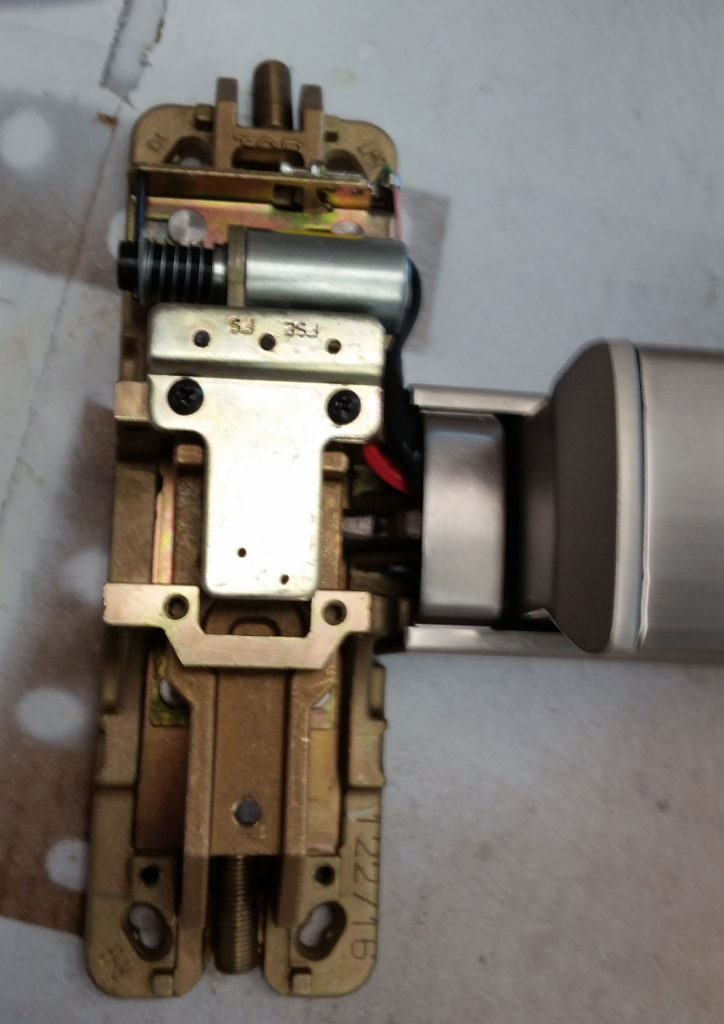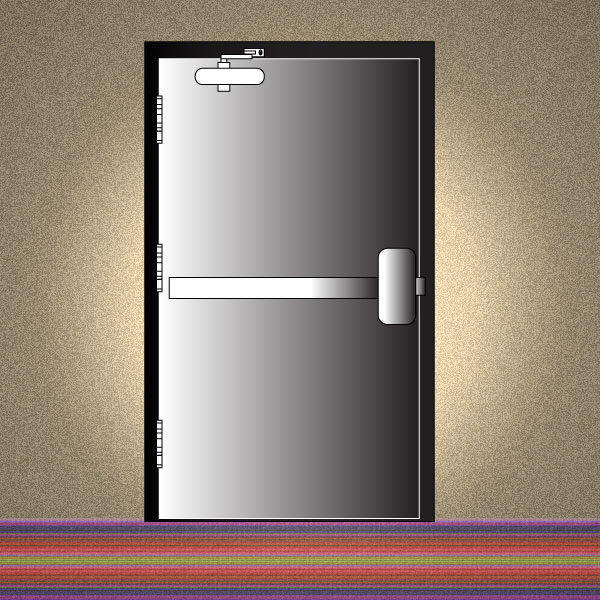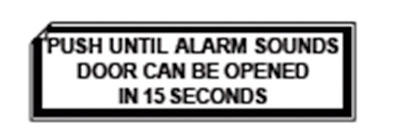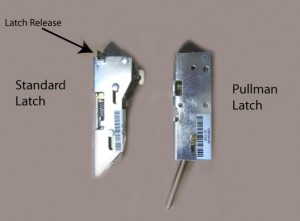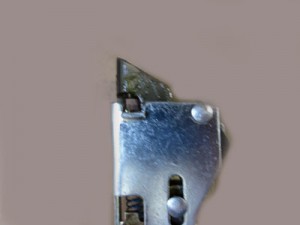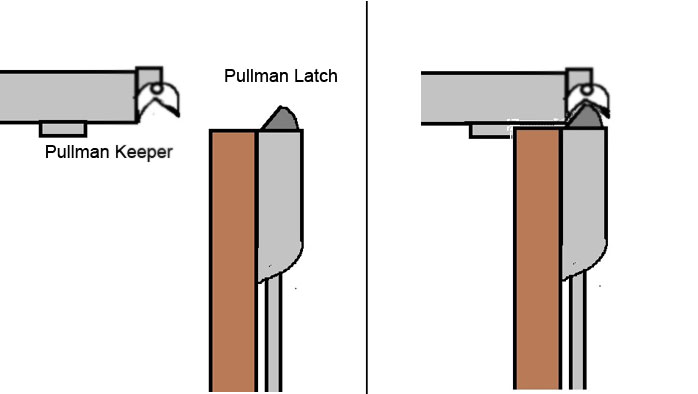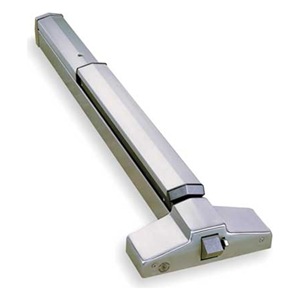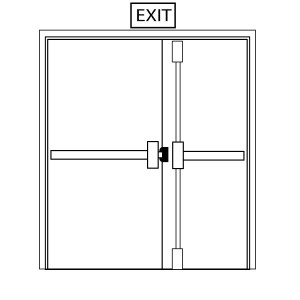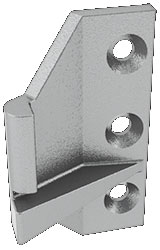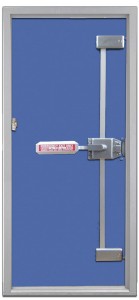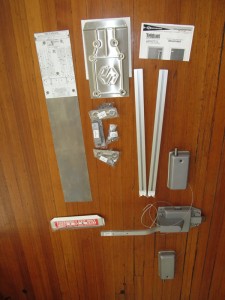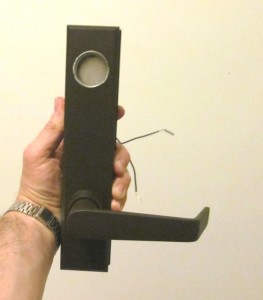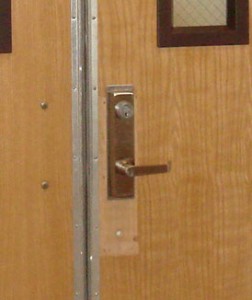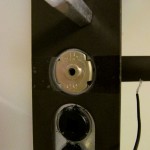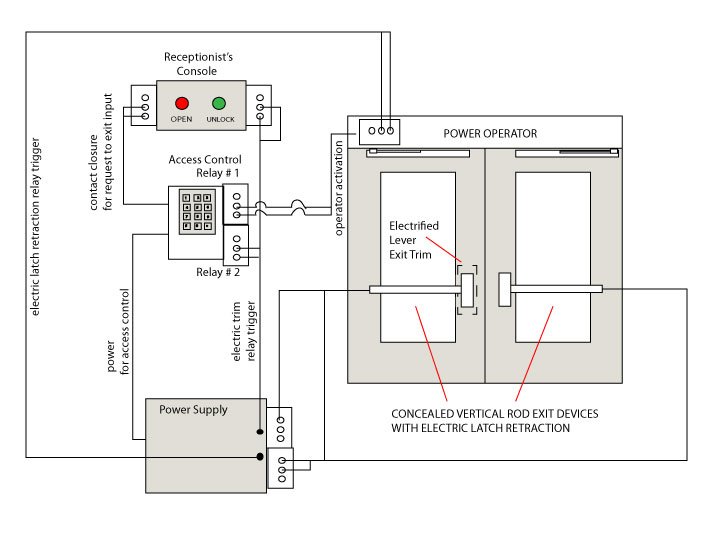As door hardware evolves, new products emerge to replace older products. This may happen because of a design improvement, or because a company changes ownership, but in either case it means that there are older products in the field for which there are no exact replacements. Any door hardware product may become obsolete over time. Today we are talking about exit devices.
In the mid-Twentieth Century mass production of doors was standardized so that the mortise pocket within a door that houses the mortise lock would always be the same size. Before this standardization mortise locks were available in a wide variety of sizes, but from this time forward all architectural grade lock fronts would be eight inches tall by one-and-a-quarter inches wide. Of course this affected mortise exit devices. So when I went to replace a Von Duprin 8875 mortise exit device manufactured sometime between 1897 and 1920, I found that the mortise pocket was only about six inches tall and I had a bit of cutting to do to make the new device fit.
Companies pay varying attention to the ‘retrofit-ability’ of their products. Some companies make it easy to replace an old device with a new one, and some do not. As an installer it is easy to find oneself marooned out in the field, having identified an exit device by its appearance for the purpose of providing an estimate to replace it, only to find out during installation that it is the old version, and installing the new version is either going to be a lot of extra work, or extra hardware that was not on the estimate.
For example, in the late 1990’s Von Duprin redesigned their narrow stile 33 and 35 series exit devices. The rails remained the same, but the heads were completely changed. The old version did not accept a rim cylinder tail piece, and the new one does. This means the old outside trim will by no means work with the new device – a potentially expensive problem if not anticipated.
Similarly the Precision 2000 series Apex devices are not backwards compatible with the old 1000 series trims.
Monarch was bought by Ingersoll Rand and rebranded under the Falcon line of products, now part of Allegion. During these transitions the trims changed part numbers two or maybe three times. Check with your favorite hardware genius as to whether the trim you have will work with the device you need.
The lesson here is not to judge by appearances. The new Von Duprin 33 looks a lot like the old one and the Precision 2000 looks just like the 1000 series. To avoid expensive mistakes, pull the device off the door and positively identify it before you write your estimate.
Both Doromatic and Jackson responded to the need to replace crossbar devices with touch bar devices by creating touch bar versions that fit the same footprint as their crossbar predecessors. The Doromatic 1690 and 1790 devices replace the 1990 and 2090, and the Jackson 2085 and 2095 replace the 1085 and 1095 devices with very little trouble. A big bonus is that a in the case of the 2085 Jackson and the 1690 Doromatic concealed vertical rod devices, you can reuse the exiting concealed vertical rods.
Knowing what you have is the key to knowing what you want.
Your source for quality security products with superior service!

